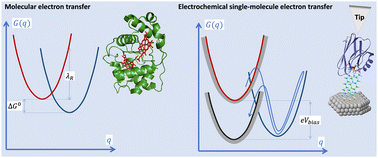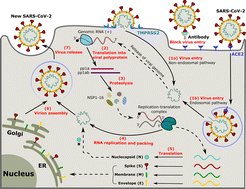Chem. Soc. Rev., 2023, 52,6230-6253
DOI: 10.1039/D2CS00006G, Tutorial Review
DOI: 10.1039/D2CS00006G, Tutorial Review
Renat R. Nazmutdinov, Shokirbek A. Shermokhamedov, Tamara T. Zinkicheva, Jens Ulstrup, Xinxin Xiao
We overview theory and computations of electron, proton, and proton-coupled electron transfer processes in chemistry and electrochemistry. We combine the theoretical views with evolving single-molecule electrochemistry.
The content of this RSS Feed (c) The Royal Society of Chemistry
We overview theory and computations of electron, proton, and proton-coupled electron transfer processes in chemistry and electrochemistry. We combine the theoretical views with evolving single-molecule electrochemistry.
The content of this RSS Feed (c) The Royal Society of Chemistry






 Open Access
Open Access




